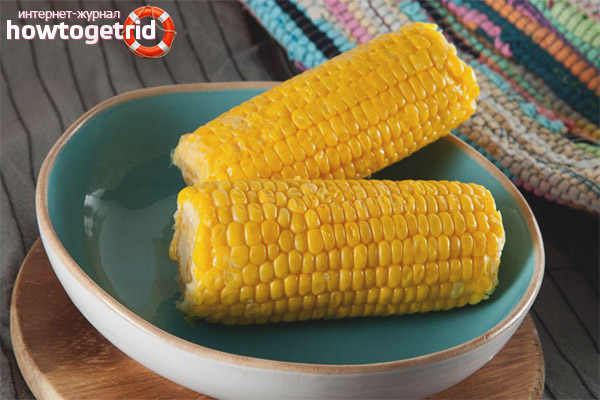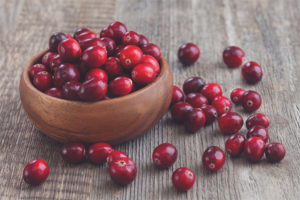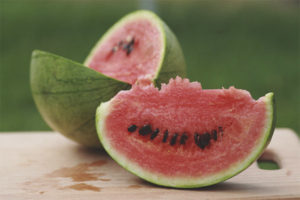The content of the article
Corn is a cereal plant used in food. Corn is widely used in cooking. This is one of the few types of cereals that can be consumed in the form of boiled or canned grains, in the form of cereal, cereal or desserts. Corn grains contain a large amount of B vitamins, which makes them useful for the human body. But can you also eat corn for diabetes?
Corn Overview
The first mention of this plant appeared about 12,000 years BC. Found mentions of wild corn in Mexico. Then the corncob was no more than 10 cm high. But this culture became agricultural about 8000 BC. In the same place, in Mexico, from corn for the first time thought up to create something like bread.
Now corn grows on all continents and in almost all countries. Its main exporters are the USA, Brazil and Ukraine. In the latter, the most grown variety of corn is sugar. It is used in food as canned and boiled grains. Corn porridge is considered a national dish in Moldova. Popcorn made from corn is a favorite treat of American teens.
All the useful properties of corn concern its grains, which are served on the table boiled or in the form of canned food. Porridge is slightly inferior in nutritional value to whole grain. But cereals, corn sticks and popcorn contain a minimum amount of nutrients.
Nutritional value of corn and its beneficial properties
The beneficial properties of corn are due to its high content of antioxidants, represented by vitamins A and C, as well as B vitamins, especially thiamine and niacin. The latter are necessary for the normal functioning of the nervous system. Because corn is useful for people with neurological diseases.
The beneficial properties of corn are a nonspecific increase in immunity, an improvement in the outflow of bile, stimulation of the gastrointestinal tract, an improvement in the rheological properties of blood, and a decrease in bleeding. Traditional medicine advises to consume not only corn grains, but also corn stigmas. They are used to treat kidney pathology, reduce the likelihood of infertility in women and increase potency in men. It is not customary to eat stigmas.
The benefits and harms of corn for patients with diabetes
A patient with diabetes is forced to follow a special diet for life. With insulin-dependent type of diabetes, hormone replacement therapy can be used and not limit oneself in food. The situation is more complicated with the insulin-resistant type of diabetes. In this case, the most effective treatment will be a proper diet. It is important for the patient to know the glycemic index of each product and count the total glycemic volume of food consumed so that the glucose level in his blood remains at a constant level.
The glycemic index of corn is high. No wonder it is called "sweet." Even in boiled and canned corn, the glycemic index exceeds 50. This means that the use of this product should be minimized or eliminated altogether. The glycemic index of corn flakes and even more - exceeds the figure of 80. They should generally be discarded, especially since their useful properties are inferior to corn prepared in another way.
Few people like this kind of porridge, because it is difficult to cook it correctly. Often mamalygu is boiled in milk and made sweet. Porridge cooked on water has almost no taste. The taste of corn porridge does not resemble either corn, popcorn or cereal. It is important to remember that patients with diabetes should not add sugar to porridge.
Thus, we can conclude that corn is a useful cereal plant, eaten. Patients with diabetes can not use it in all forms. The least favorable are corn flakes and popcorn, then boiled and canned corn. Such patients should give preference to corn porridge - mamalyga. It not only has all the benefits of corn, but also has an average glycemic index. Due to the rapid saturation, the use of such porridge favorably affects the level of glycemia, which can not be said about corn grains.
Video: What is corn good for diabetes?











Submit